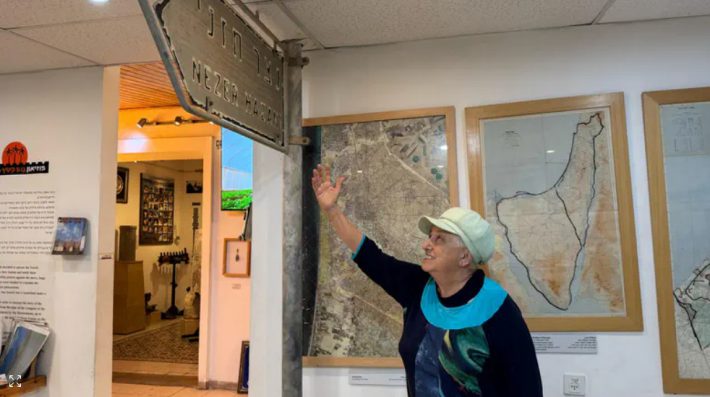Syria’s newly sworn-in transitional government includes fresh faces, including a woman for the first time, but retains key ministers.
Syria’s newly formed transitional government was sworn in on Saturday, nearly four months after the Assad regime was removed from power, The Associated Press reported.
The 23-member Cabinet, composed of a mix of religious and ethnic groups, marks the first government in Syria’s five-year transitional period. It replaces the interim administration that took charge after Bashar Al-Assad was ousted in early December.
Unlike previous governments, this Cabinet does not have a Prime Minister. According to the temporary constitution signed by interim President Ahmad al-Sharaa earlier this month, the government will operate under a secretary general.
The new administration, announced ahead of the Muslim holiday of Eid el-Fitr, features fresh faces in key positions, except for the foreign and defense ministers, who retained their roles from the interim government. Syria’s new Interior Minister, Anas Khattab, previously led the country’s intelligence department. Defense Minister Murhaf Abu Qasra emphasized that his primary objective is to establish a professional army “from the people and for the people.”
Notably, the Cabinet does not include representatives from the US-backed, Kurdish-led Syrian Democratic Forces (SDF) or the autonomous civil administration in northeast Syria. However, Sharaa and SDF commander Mazloum Abdi reached a breakthrough agreement earlier this month in Damascus, securing a nationwide ceasefire and integrating the SDF into the Syrian military.
Among the newly appointed ministers is Hind Kabawat, a Christian activist who opposed the Assad regime from the outset of the conflict in 2011. Kabawat, who was named Minister of Social Affairs and Labor, became the first woman to be named to the Syrian government.
Raed Saleh, former head of the Syrian Civil Defense—widely known as the White Helmets—has been appointed Minister for Emergency Disasters. Mohammed Terko, a Damascus-based Syrian Kurd, will serve as Minister of Education.
Mohammed al-Bashir, who led Syria’s interim government following Assad’s downfall, has been appointed Minister of Energy.
By forming a religiously diverse government, Damascus also hopes to persuade the West to lift the severe economic sanctions imposed on Assad more than a decade ago.Defense Minister Murhaf Abu Qasra emphasized that his primary objective is to establish a professional army “from the people and for the people.”
Notably, the Cabinet does not include representatives from the US-backed, Kurdish-led Syrian Democratic Forces (SDF) or the autonomous civil administration in northeast Syria. However, Sharaa and SDF commander Mazloum Abdi reached a breakthrough agreement earlier this month in Damascus, securing a nationwide ceasefire and integrating the SDF into the Syrian military.
Among the newly appointed ministers is Hind Kabawat, a Christian activist who opposed the Assad regime from the outset of the conflict in 2011. Kabawat, who was named Minister of Social Affairs and Labor, became the first woman to be named to the Syrian government.
Raed Saleh, former head of the Syrian Civil Defense—widely known as the White Helmets—has been appointed Minister for Emergency Disasters. Mohammed Terko, a Damascus-based Syrian Kurd, will serve as Minister of Education.
Mohammed al-Bashir, who led Syria’s interim government following Assad’s downfall, has been appointed Minister of Energy.
By forming a religiously diverse government, Damascus also hopes to persuade the West to lift the severe economic sanctions imposed on Assad more than a decade ago. The ouster of Assad was led by Sharaa’s Islamist group Hayat Tahrir al-Sham (HTS), which traces its origins to Al-Qaeda’s Syrian branch and remains classified as a terrorist organization by multiple countries, including the United States, though the US lifted the bounty on Sharaa’s head soon after he was named Syria’s leader.
Although some sanctions have been temporarily suspended, the impact has been limited. In January, the US issued a six-month general license to facilitate humanitarian aid, but this measure was insufficient to allow Qatar to pay for public sector salaries through Syria’s central bank.





